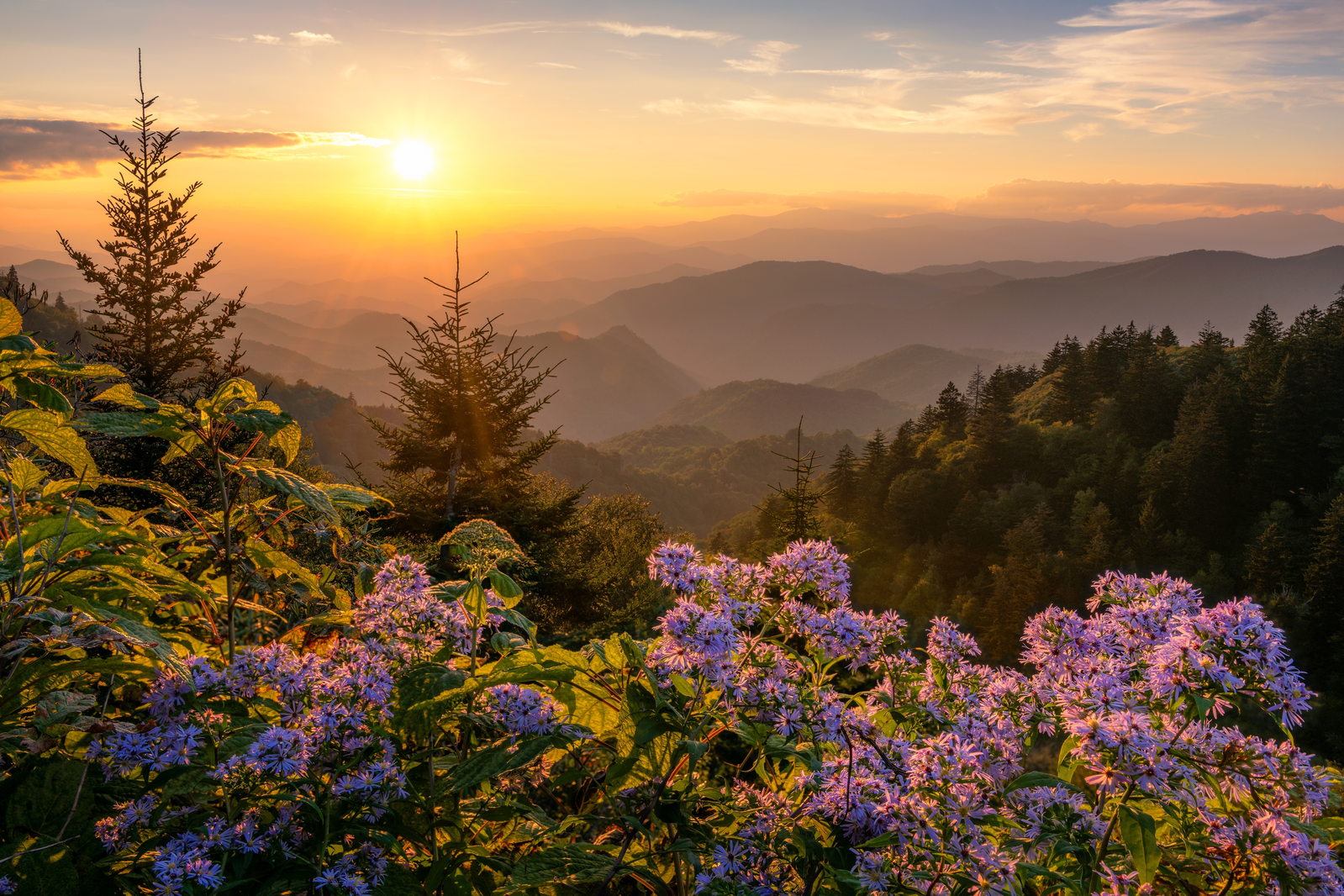You may not realize it from your most recent visit, but several schools once existed in Cades Cove! This portion of the Great Smoky Mountains National Park is one of the most visited areas because of its incredible history as the home of many original settlers in the Smoky Mountains! Little evidence remains of the original schools in Cades Cove that once prepared generations of little ones for the harsh realities of living as an early settler. Here are 5 facts about the original schools in Cades Cove:
1. Early Education Was Sparse
Education in the early days of Cades Cove was important to the settlers who lived in the area, but it took a back seat to survival. Staying alive was the name of the game, particularly during harsh winters, and many Cades Cove schools prepared their students for life in their homesteads perhaps more than it served as a traditional educational experience. Schools were primitive in nature, teaching students the skills they would need to not just survive, but hopefully thrive in Cades Cove!
2. “Singing Schools” Were a Thing!

A form of music known as “Sacred Harp” was popular among the settlers in Cades Cove! Sacred Harp is the term used to describe the human singing voice. This form of music that is sung in 4-part harmony using treble, bass, alto and tenor singers, began in the New England colonies in the 1700s and eventually worked its way down to Cades Cove! The singers would associate a given syllable (FA, SOL, LA, MI) with a particular scale and memorize the shapes (diamond, square, circle, and triangle) of notes to help them find the correct pitch. To reinforce these methods, Cades Cove established “singing schools” to help settlers learn the art of “shape note” singing.
3. The Birth of “Field Schools”
The first school houses in Cades Cove were referred to as “field schools” as they were often typically located in cleared fields. These field schools were simple log structures with floors made of dirt, a door, several glassless windows, a fire pit and a hole in the roof (the smoke has to escape somewhere!) Before these field schools were created, many settlers homeschooled their children, teaching them the ins and outs of life on the homestead. Field schools often believed in firm discipline when shaping the future leaders of Cades Cove. Families who lived close together would share a building for their field school and worked together to find the funds to compensate the teacher (either currency or bartering).
4. Churches Doubled as Schools

Religion was undoubtedly an important part of life for the early settlers in Cades Cove. As the area grew in population, those with similar religious beliefs began to congregate together for fellowship and worship. That led to the establishment of churches in Cades Cove! Since churches were infrequently used outside of services, they became a place where many children would go to attend school.
5. None of the Schools Remain
If you visit Cades Cove today, you’ll notice that none of these original schools still remain. The last school standing in Cades Cove was the Cable School, which closed in 1944 over controversy between Blount County and the National Park Service. A year later in 1945, the National Park Service dedicated Cades Cove as a “historical area” and restored numerous of the old log cabins and barns in the area.
The original schools in Cades Cove are full of incredible history that makes the area such a special place! Want to learn more about what life was like in Cades Cove way back when? Learn about the Caughron Family, the last residents to live in Cades Cove!

















